Galena
Galena is well worth a quick warning – it is an ore of Lead, and therefore quite toxic. Safe handling procedures are encouraged – if possible wear gloves, and if not, be sure to wash your hands after exposure.
There are many sources of Galena in the UK, and Lead has been mined from the Mendips for many years, where it occurs naturally alongside Silver. The Romans used Lead from the Mendip Hills in their plumbing in England. Galena is a grey metallic looking substance, slightly shiny, and incredibly heavy for its size.
Showing all 14 results
-
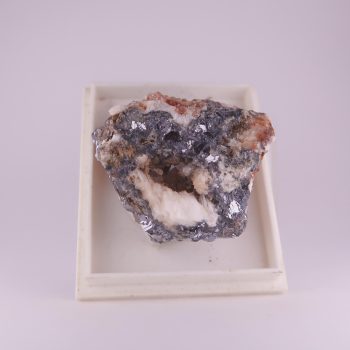
Anglesite and Galena from Machen quarry, Wales
£15.00 -
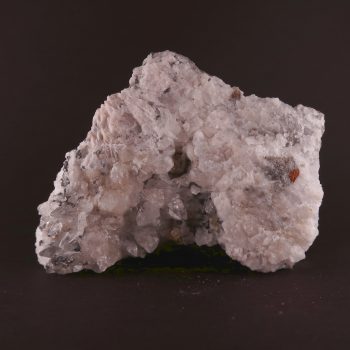
Calcite, Fluorite and Galena from Hartsop Hall Mine, Cumbria
£20.00 -
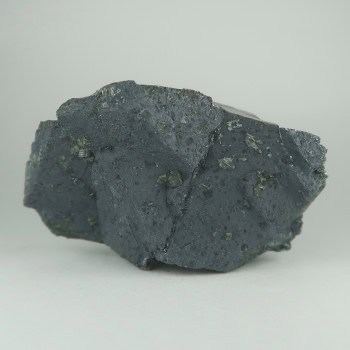
Cerussite on Galena from Greystone Quarry, Cornwall
£20.00 -
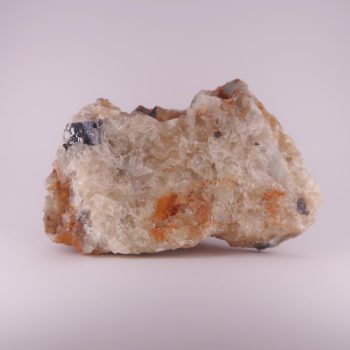
Fluorite and Galena from South Tamar Consols, Devon
£10.00 -
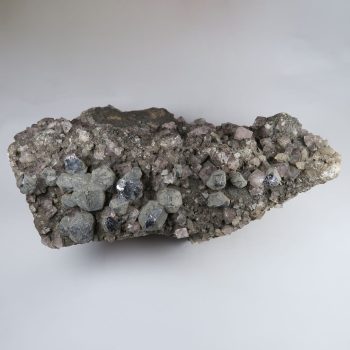
Fluorite and Galena mineral specimens
Price range: £4.00 through £15.00 -
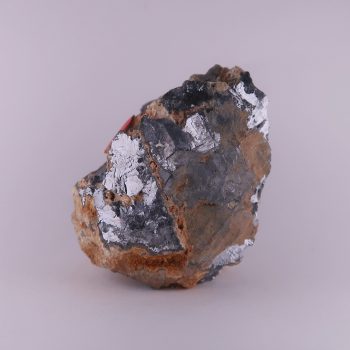
Galena and Cerussite from Stancombe Quarry, North Somerset
£15.00 -
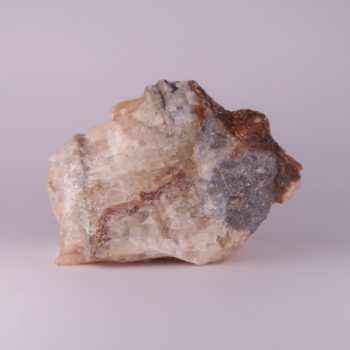
Galena from Gravel Hill Mine, Cornwall
£3.50 -
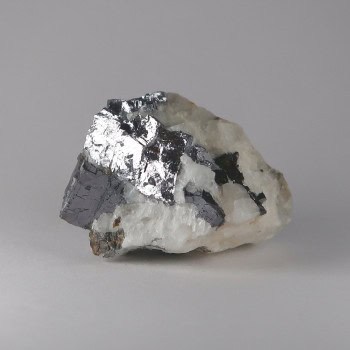
Galena from Osor Mines, Spain
£5.00 -
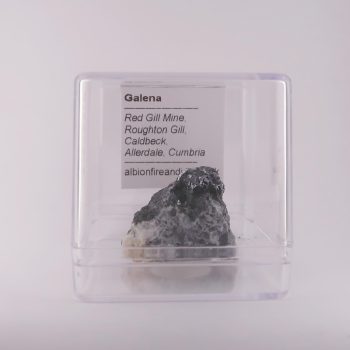
Galena from Red Gill Mine, Cumbria
£7.50 -
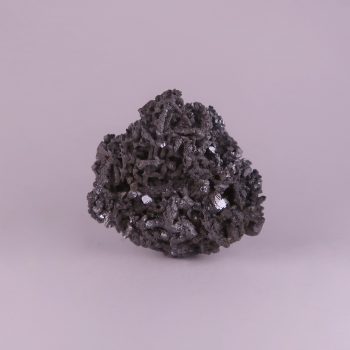
Galena from Saint-Paul mine, Belgium
£25.00 -
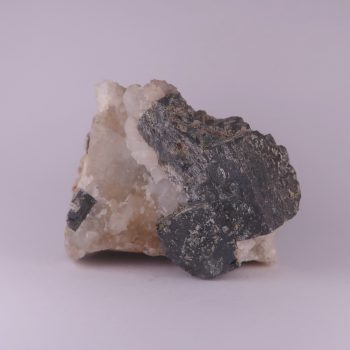
Galena from Tankerville Mine, Shropshire
£10.00 -
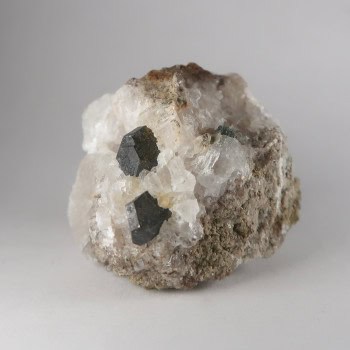
Galena in Calcite from Clemensberg Quarry, Germany
£20.00 -
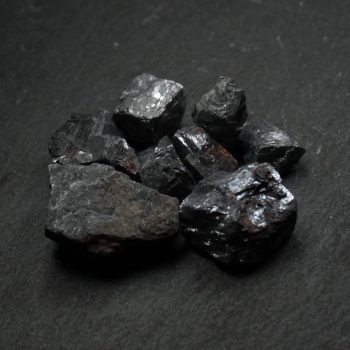
Galena Specimens from mixed locales (Lead Ore)
£3.00 -
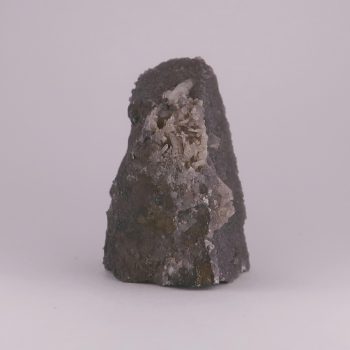
Smithsonite and Galena from Tsumeb Mine, Namibia
£10.00
Appearance, Uses and History
Galena is an ore of Lead, sometimes referred to as ‘lead glance’.
It is the most important ore of Lead, and also an important ore of Silver.
It has been used since ancient times, sometimes as an eye makeup – sometimes as decorations, sometimes for metal casting. Galena is thought to have been named by the Roman naturalist Pliny the Elder,
The amount of Galena and other mineral resources in Britain was almost certainly one of the reasons behind the Roman conquest. Galena was essential to the Romans, with the lead being used for plumbing, aqueducts, pewter, and the extraction of Silver via cupellation.
Research has shown that British lead was exported across the Roman empire – it has been found in Pompeii, destroyed in AD 79 by the volcano Vesuvius.
One of the oldest surviving mines in the UK, Odin Mine, was a source of Galena. It was producing ore in the 1200s, but many believe it could have been worked as early as the tenth century.
While its use will always remain primarily industrial, Galena is also prized by mineral collectors due to its interesting crystalline formations.
Locales
Galena deposits occur worldwide, found in various environments.
Notable deposits are found in the UK, Germany, Bulgaria, Australia, Spain, and the USA. It is difficult to define a notable deposit – some may be Galena occurring with other minerals for an interesting specimen; some may occur with Silver, some may have been used since antiquity as a source of Lead.
Mineralogy
Hazards and Warnings
Galena is an ore of Lead, and therefore quite toxic. Safe handling procedures are encouraged – if possible wear gloves, and if not, be sure to wash your hands after exposure.
Almost all rocks, minerals (and, frankly, almost all other substances on earth) can produce toxic dust when cutting, which can cause serious respiratory conditions including silicosis.
When cutting or polishing rocks, minerals, shells, etc, all work should be done wet to minimise the dust, and a suitable respirator or extraction system should be used.
Translations
Arabic:
- الغالينة كبرتيد الرصاص
Hindi:
Portuguese:
- galeno
Bengali:
Indonesian:
Punjabi:
English:
Italian:
Russian:
- галенит
- свинцовый блеск
French:
- galène
Japanese:
- 方鉛鉱
Spanish:
German:
Korean:
- 방연광
Thai:
- กาลีนา
Gujurati:
Mandarin and Traditional Chinese:
- 方铅矿
- 方鉛礦
Urdu:
